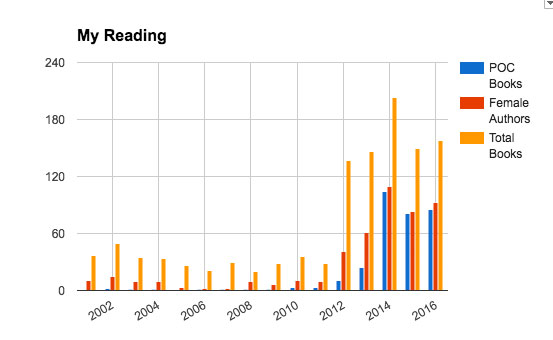A lot has already been written and will be written about Donald Trump’s stunning victory yesterday, and I don’t imagine I have much to add. But I’m also a writer and need to get it out of my head.
The one thing I keep coming back to is how divided we are as a country, and not just that we’re divided, but that we don’t understand each other.
I shared this quote when I explained why I voted for Clinton:
“If two smart and logical people disagree, it’s most likely because they are acting on different information.” -Bill “Billo” O’Donnell (A Truck Full of Money by Tracey Kidder)
I think we’ve been acting on different information. If we’re going to overcome that division, we need to reconcile that information (not an easy task). I wish candidates did a better job of this (they rarely do because it doesn’t fire up their side), but now it’s time for us to do a better job of it.
So let me explain some information as I see it.
Today my social media feed is full of fear.
My minority friends are scared. People of color, LGBT friends, Muslims, immigrants, the disabled—scared.
And they’re sharing examples of harassment, intimidation, hate. (Those are just a few examples. Ask a teacher. Talk to a minority.) They’re justifiably scared.
Trump may say he’s not a racist, not a misogynist, not a xenophobe, not a homophobe, not an Islamophobe, but his words and actions—whether intentionally or through mere carelessness—bring hate out in people. (And it’s not just my liberal friends saying this. Many of my conservative friends refused to vote for Trump because of this.)
This political campaign has given license to hate. The rare few (I hope) who are racist, misogynistic, xenophobic, homophobic and/or bigoted have been emboldened to speak and act their hate.
And that’s not OK.
I know we disagree on a lot, but I have to assume that’s not OK with Trump voters either. I know we disagree, but I have to believe you don’t support hate. 81% of evangelicals voted for Trump, and I know faith in Jesus shouldn’t spread hate.
So prove it. Don’t endorse hate with your silence. Let’s make sure Love Trumps Hate is not just a campaign slogan tossed around as an insult. Reclaim it, bring unity across the aisle, and reject what I must hope are isolated acts of hate and violence.
Prove to my minority friends that there is a place in America for them, that you will defend them and stand up for them, even if you disagree with them.
Because otherwise, what are we doing?
These hateful acts are not America. I don’t believe that. But if we let them continue because they don’t impact us personally, then we’re enabling hate.
I can’t believe all Trump voters are hateful. Maybe we don’t understand each other, but that’s something we can work on.
I’m naive and idealistic and probably foolish, but I think love truly can trump hate.
Update: Maple Grove Students Respond (Nov. 10, 2016)
This is how we need to respond to hate. (And let it not just be warm, fuzzy words, but real action. May those kids love and protect one another.)











